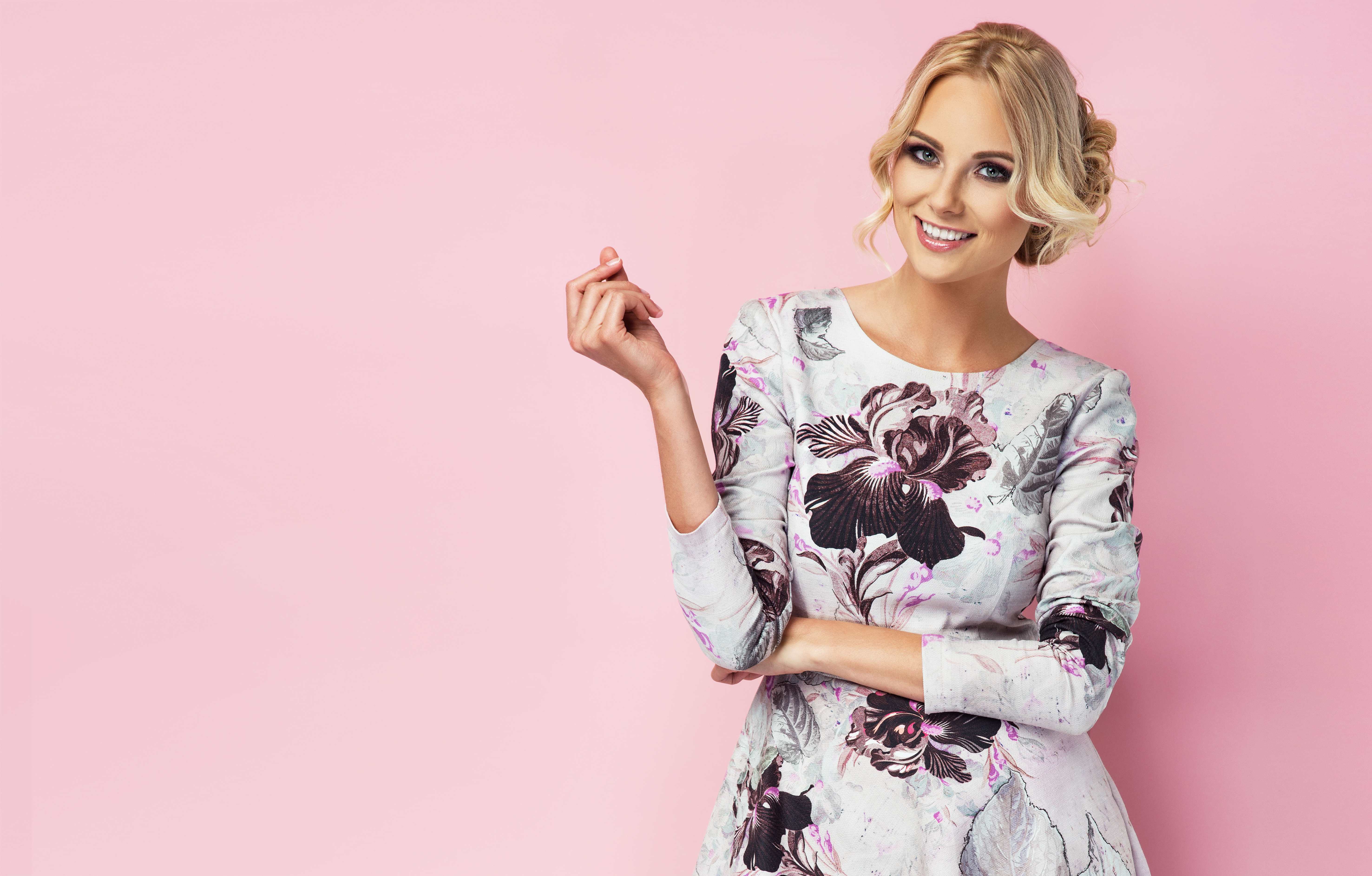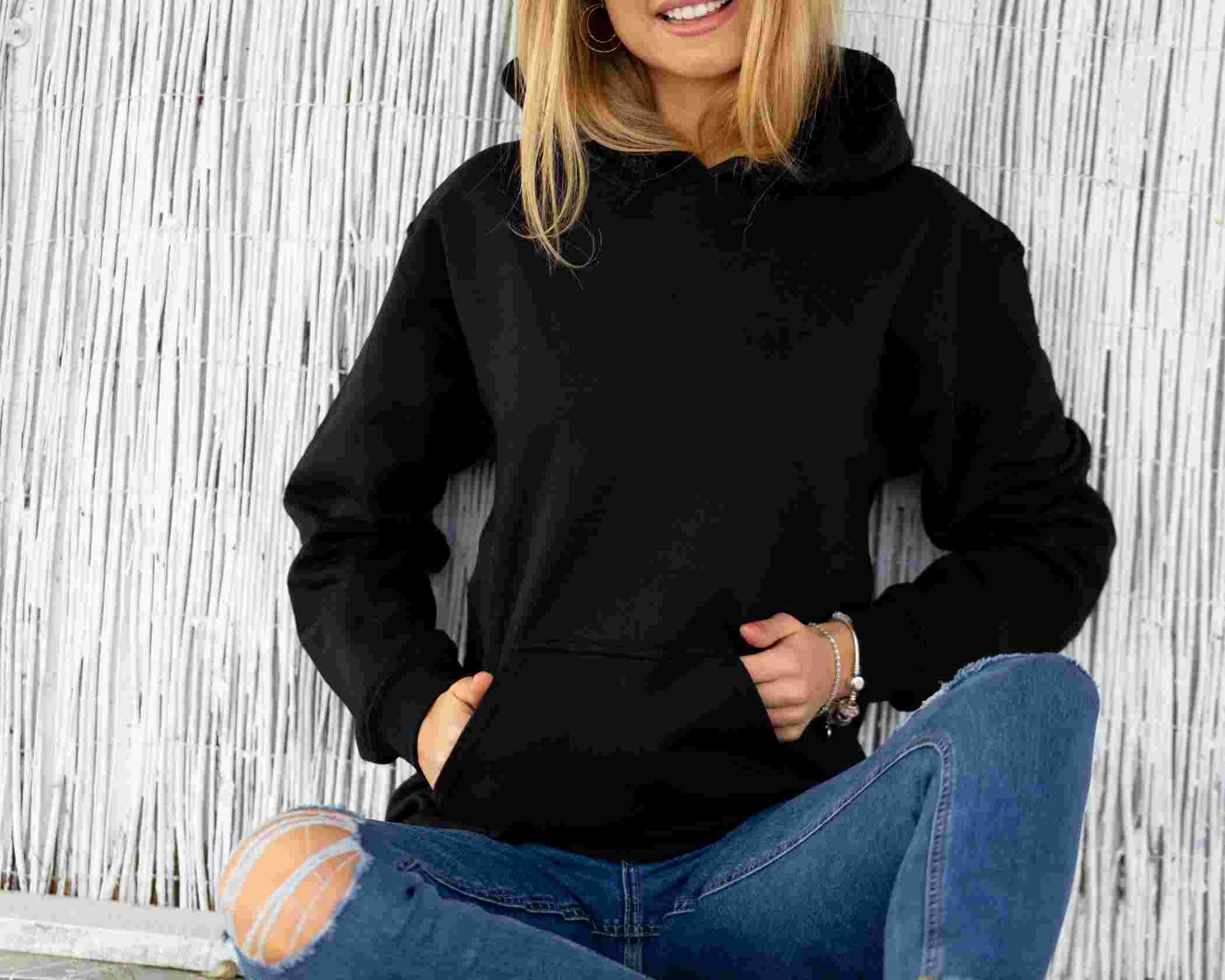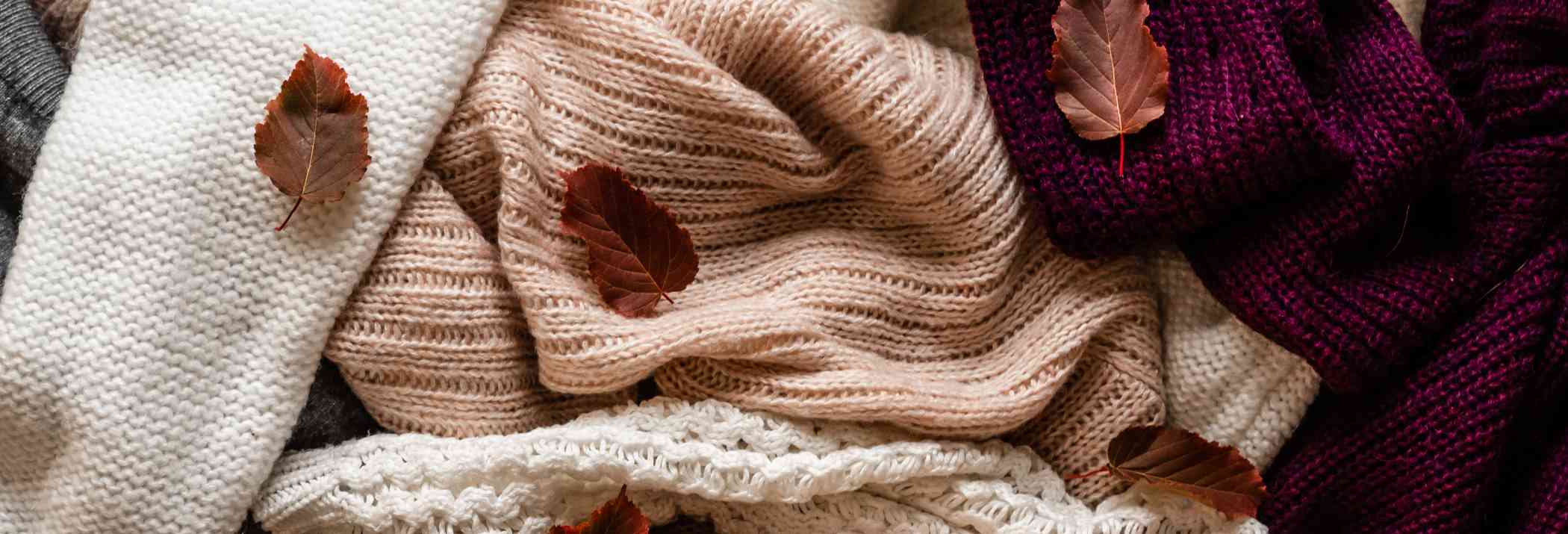Why Circular Fashion Economy Is Trending In Accessory Design

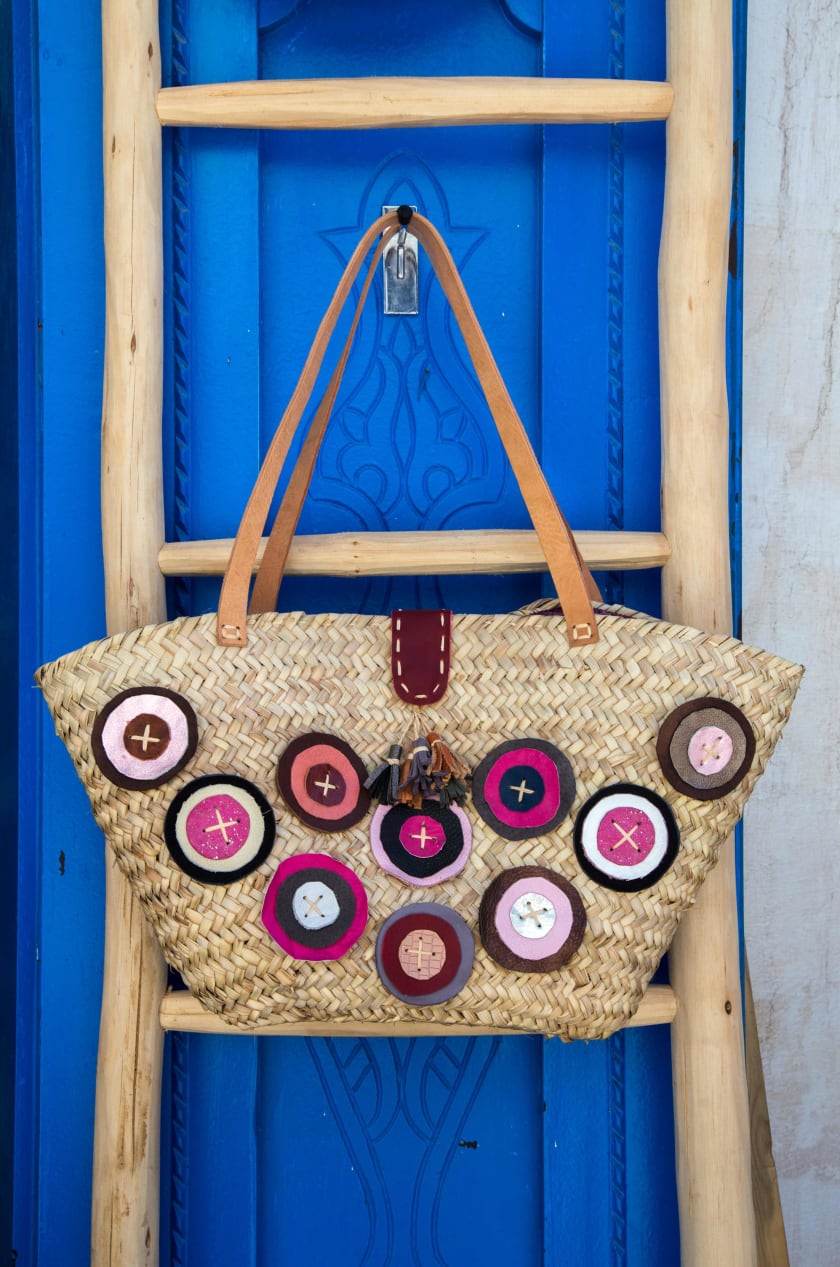

Summary: The ability of designers to make or break a product is huge. The components of an accessory that can have an impact include the raw materials, the recyclable parts of the trims, and the colorants utilized. Therefore, poor design decisions cannot be rectified. Circular clothing was introduced as a solution to this problem. By coming up with new ideas and putting enduring concepts into practice, it is intended to keep the materials in use.
The fashion industry of today places a premium on sustainability. But the fashion business has not been particularly friendly to the environment because of rising customer expectations and limited resources. With a greater understanding of the exploitation brought on by fast fashion, numerous rehabilitation techniques are undertaken to preserve natural environments.
The majority of industries were created using the take-make-consume-throw-away cycle. However, products and materials are highly valued in a circular economy. Several new-generation fashion companies have also added circular fashion to their list of alternatives to the linear economic model.
The apparel-fashion sector has used circular fashion in a variety of contexts. Let us understand how the circular fashion economy is helpful to accessory designs.
Why Circular Fashion Economy Is Trending In Accessory Design
1. Lesser Raw Material Needed
A circular economy reduces waste by reusing, repairing, refurbishing, and recycling existing resources and products. They prefer materials that are domestic or imported from other countries. In this case, the designers work with the accessory materials using convertible techniques.
Convertible accessories are typically smaller than clothing and have the added benefit of being more comfortable for the wearer, making them less inconvenient. The wearer can match accessories to different forms of clothing by giving a choice of functions and designs with one accessory.
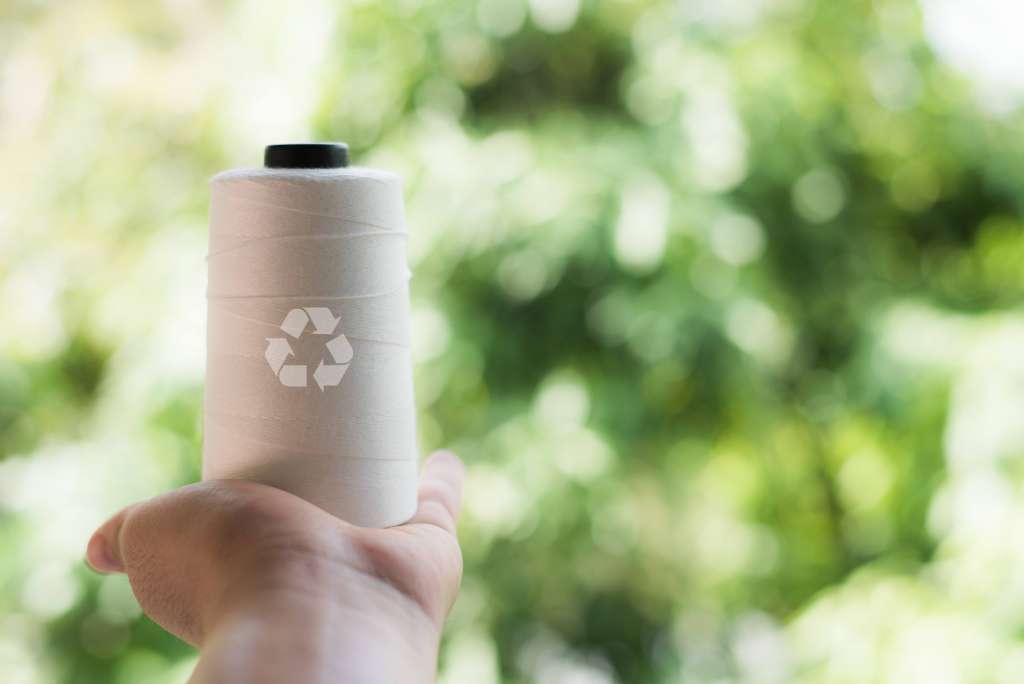
Convertible fashion techniques must consider sustainability not only from a material standpoint but also from a design one. Additionally, items must be multi-form and multi-purpose for brands to attain long-term success.
Convertible accessories can help conserve resources by meeting more consumer needs and minimizing the requirement for raw materials in general.
2. Reduce Waste Generation
Circular fashion seeks to ensure that clothing is made from materials that are both safe and sustainable. And, as predicted, they will achieve maximum sustainability before the world population reaches nine billion people by 2030.
With innovative commercial models emerging, nature struggles to accommodate human needs like never before. Generally, millennials are transforming the garment business to a future in which every material is utilized and reused responsibly, thereby contributing to zero waste generation.
3. Smart Usage Of Resources
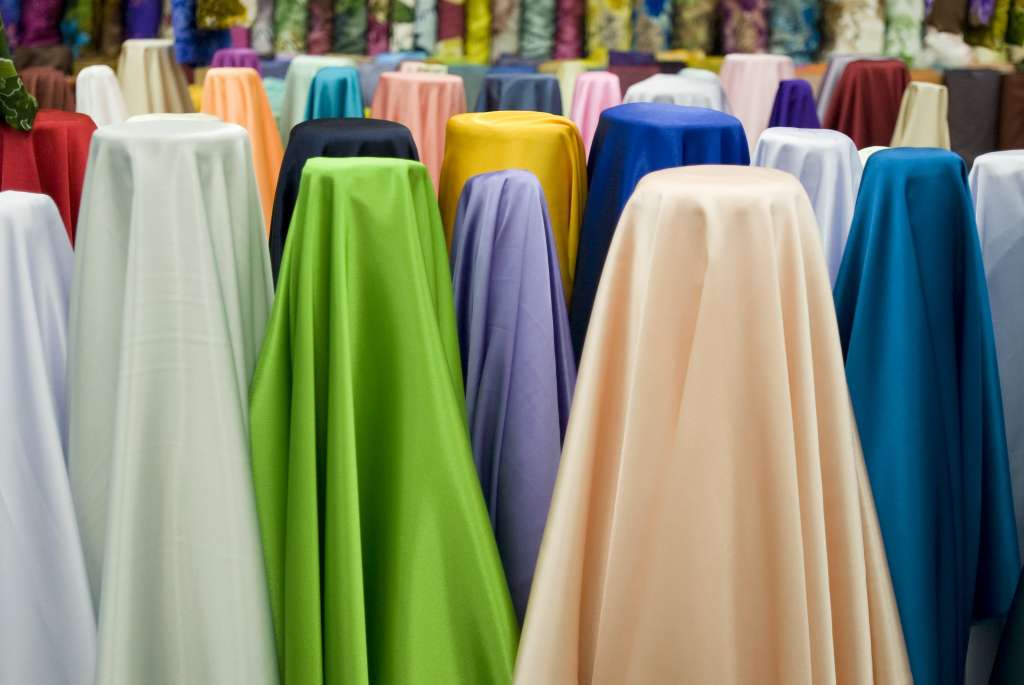
Circular fashion aims to use resources to improve effectiveness in the design and manufacturing of accessories. Though the designers are reducing waste created throughout the life cycle, the best way to attain sustainability is to use existing resources smartly.
Old accessories can be paired with newer sets of clothes, glasses, and textile wastes that can be used to create DIY accessories. Circular fashion assures that the production method leads to a closed-loop system throughout the product's lifespan. It is driving the industry away from its present 'take-make-dispose' model and toward one that provides positive and long-term environmental, social, and economic effects through a reuse-repurpose-reduce-recycle approach.
4. Increase the Lifetime of the product
One of the main aims of the circular fashion economy is to increase the lifetime of the accessory. Longer lifetime products or accessories benefit both fashion companies and consumers. However, the lifetime of a product is identified by the material used and how the accessory is preserved. The higher the lifetime value, the greater its economic value.
Circular Fashion Makes Sense
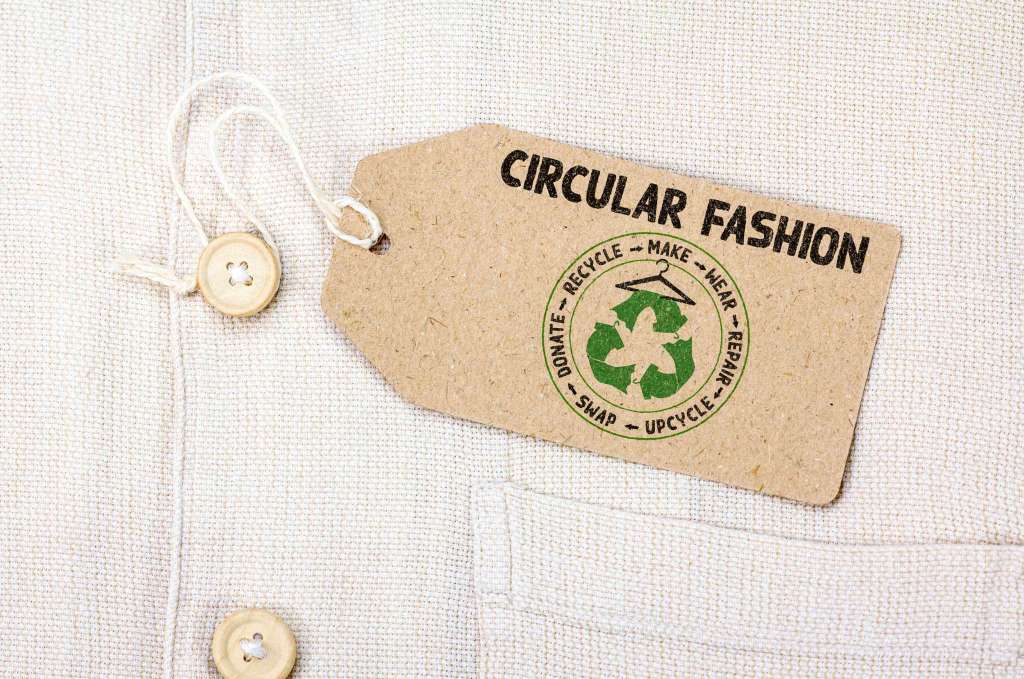
Most people cannot afford expensive accessories. Hence a sustainable way to increase accessories' lifetime is to store them to reuse them properly. Avoid disposing of it, as the metals in the accessory may be harmful to the environment.
The circular fashion economy offers the highest aesthetics, functionality, symbolism satisfaction, usefulness, ease of use, intention to use, and purchase intention. As a result, it's highly trending in the early stages of the development and commercialization of accessory design. Moreover, the fashion industry needs to be mindful and aware of how the circular fashion economy helps attain sustainability in accessory design.
Key Takeaways
- Sustainable fashion lifestyles are loved by consumers who prefer recycling by purchasing and wearing various accessories.
- A circular economy is all about reducing, reusing, and recycling accessories.
If you want to explore the circular fashion economy of different business models, head to Fashinza. We help to identify the best circular model that exists and enhance your business in the future.















